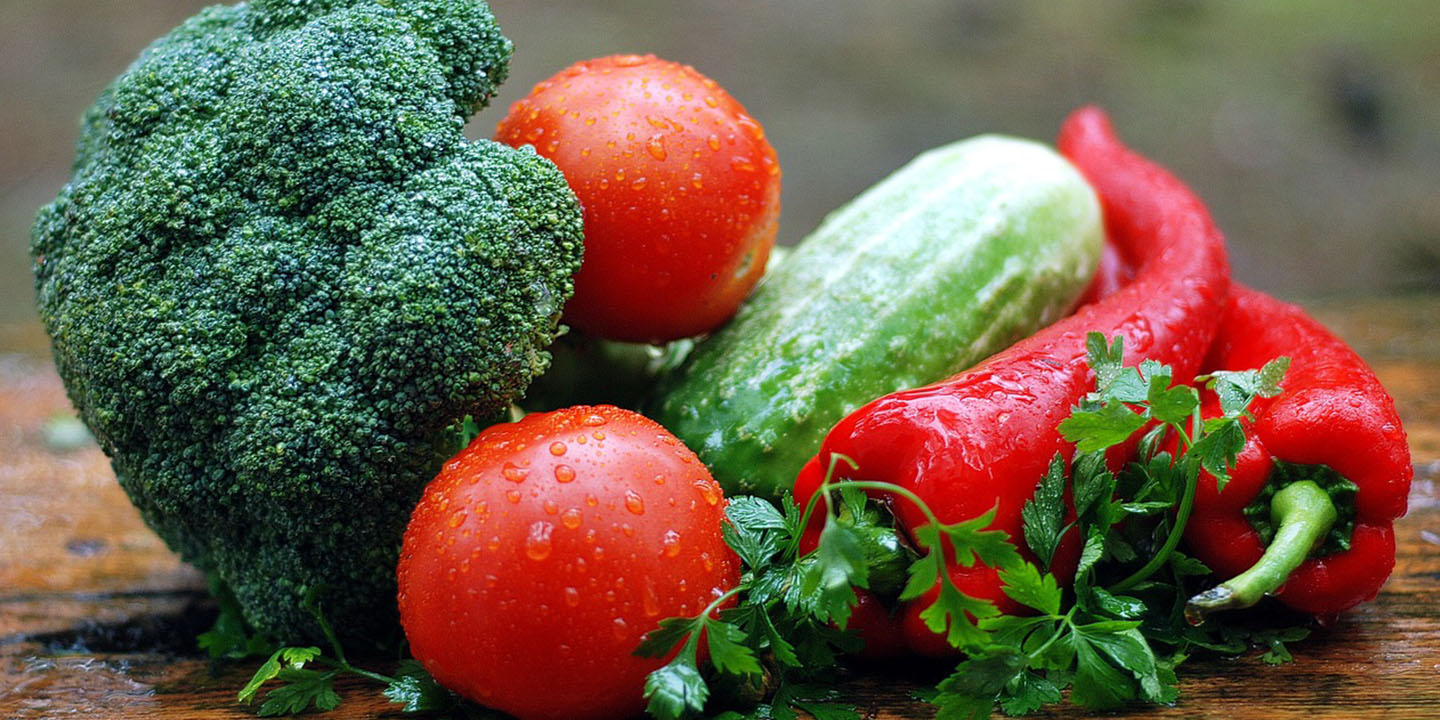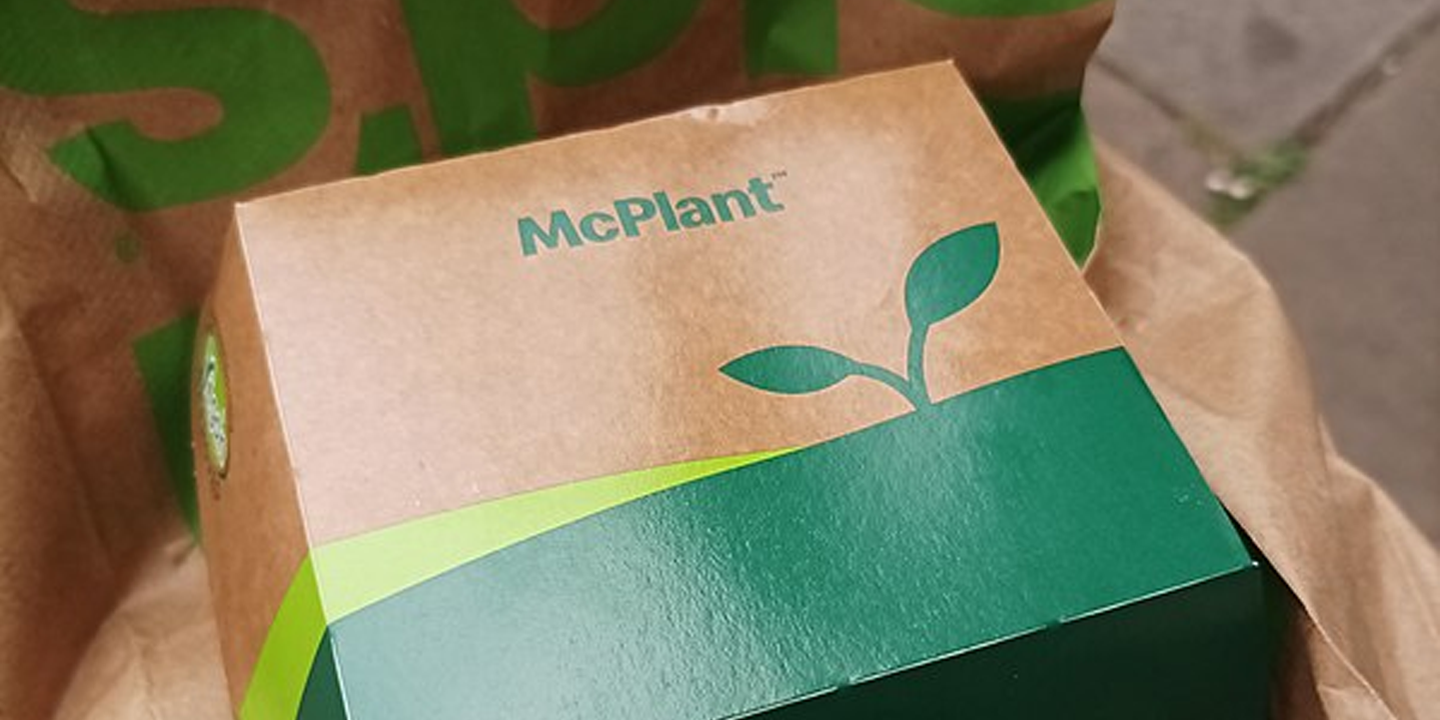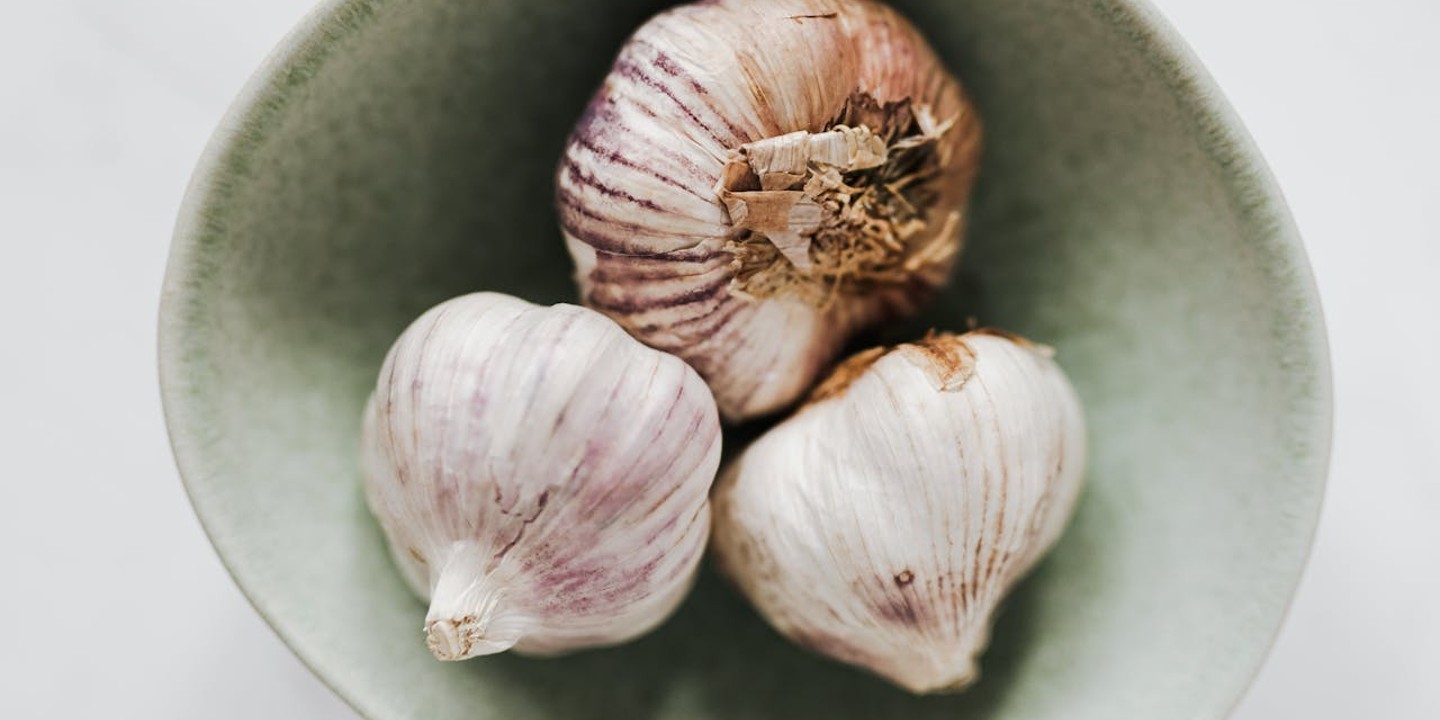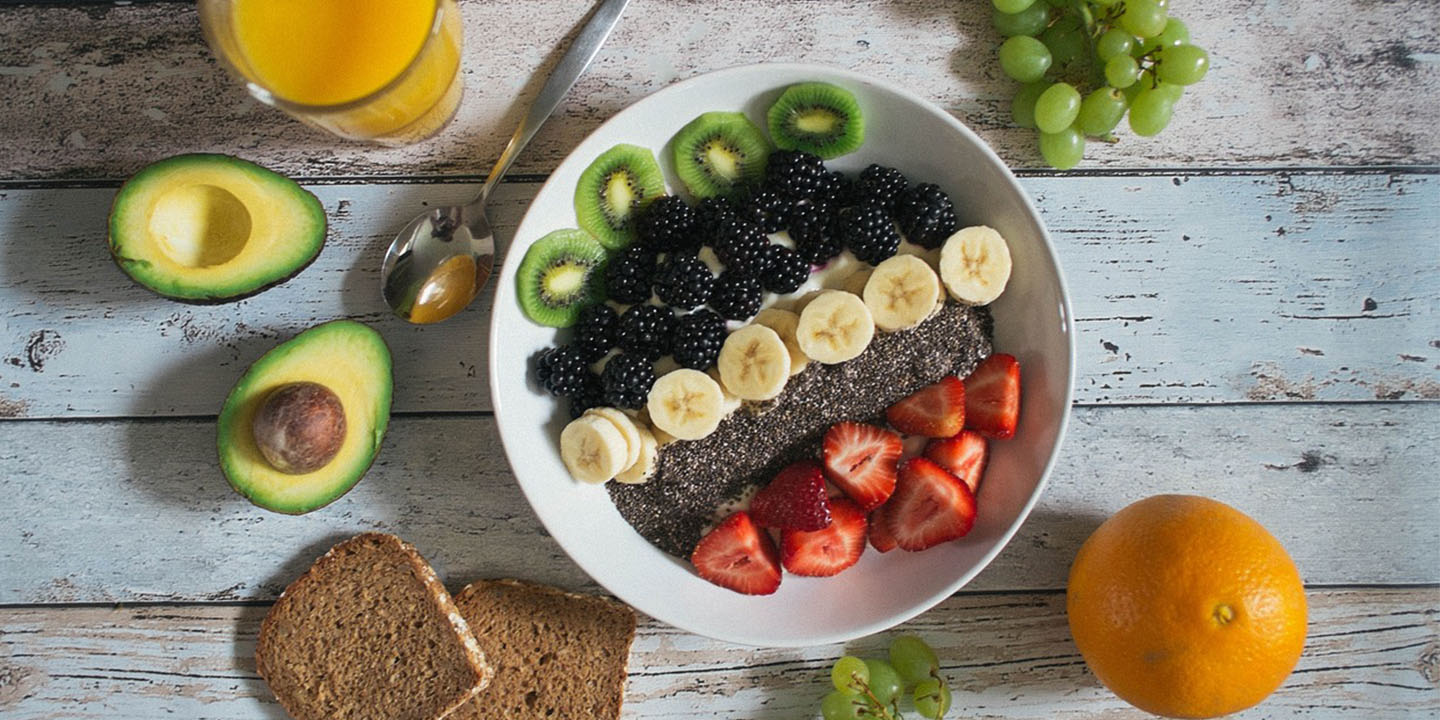Eat For Clarity
Most of the time, we don’t give our eyes a second thought. They’re just there, doing the work, keeping pace with long days and late nights. We just expect that it'll always be that way, but good eyesight isn't a given—it can just as easily vanish. Thankfully, small choices at the dinner table can keep your eyes healthy and functioning for years to come. Vitamin A is one of the key players, and certain foods are loaded with it. So let’s take a closer look at what truly belongs on your plate.
1. Carrots
World War II British propaganda about pilots' superior night vision from carrots contained real science. Raw carrots provide 16,706 IU of vitamin A per 100 grams through beta-carotene conversion. This process creates rhodopsin, the reddish-purple pigment essential for low-light vision.
2. Kale
Apart from beta-carotene, kale provides vitamins C and K, giving rise to a synergistic effect that strengthens blood vessels behind your eyes. A 1-cup serving of raw kale will give you over 20% of the daily recommended intake of vitamin A.
3. Beef Liver
With 16,814 IU per 100 grams, beef liver is said to contain the highest concentration of preformed retinol available in whole foods. Unlike plant sources requiring conversion, retinol supports rhodopsin production for night vision. It maintains healthy mucous membranes.
4. Sweet Potatoes
One medium sweet potato can deliver around 102% of the daily vitamin A needs, creating a protective barrier on the eye surfaces that blocks bacteria and viruses. It also contains other key nutrients such as vitamin C, potassium, manganese, and fiber.
5. Spinach
Spinach has 9,377 IU of vitamin A per 100 grams alongside lutein and zeaxanthin. These are compounds that filter harmful blue light wavelengths. The leafy greens act as natural sunglasses for your retina and reduce chronic eye disease risk.
6. Eggs
Your morning breakfast routine might already include one of nature's most complete eye-health packages. One large egg supplies roughly 4% to 16% of the daily vitamin A requirement. Consuming eggs tends to increase serum levels of lutein and zeaxanthin.
7. Mackerel
Unlike most fish with minimal vitamin A, mackerel provides substantial amounts alongside omega-3 fatty acids that specifically benefit retinal function. Japanese populations consuming mackerel regularly show lower rates of dry eye syndrome. It's a combination of DHA, EPA, and vitamin A.
8. Bell Peppers
Red bell peppers outshine their green counterparts by delivering 3,131 IU of vitamin A per 100 grams. Heat destroys vitamin C content, so eating them raw maximizes benefits. Their crisp texture and sweet flavor make them perfect for snacking.
9. Cantaloupe
Dessert and medicine? Why not. Cantaloupe is a nutrient-dense fruit that actively promotes eye health through its rich supply of vitamins and antioxidants. Eating cantaloupe fresh, in fruit salads, smoothies, or as a refreshing snack, offers a tasty way to support vision health.
 USDA photo by Scott Bauer. Image Number K7355-11. on Wikimedia
USDA photo by Scott Bauer. Image Number K7355-11. on Wikimedia
10. Apricots
These natural sugars help your body absorb fat-soluble vitamin A more efficiently. One hundred grams of apricots store about 96 µg of vitamin A. It is said that the bright orange-yellow color of apricots is mainly due to their high beta-carotene content.
11. Broccoli
Childhood dinner table battles over broccoli might have been worth it after all. This cruciferous vegetable serves vitamin B2 alongside beta-carotene. Its vitamin C content supports healthy blood vessels in the eyes, while vitamin E saves eye cells from oxidative damage.
12. Butternut Squash
Winter squash varieties like butternut contain some of nature's most bioavailable vitamin A sources. The creamy texture indicates a high beta-carotene concentration of around 10,630 IU per 100 grams. Roasting caramelizes natural sugars, making this seasonal favorite comfort food and serious eye medicine.
13. Cod
Cold-water fish like cod provide modest but steady vitamin A alongside lean protein your body needs for cellular repair. The combination of vitamin A and high-quality protein supports retinal health. Omega-3 fatty acids also aid in cutting down inflammation in eye tissues.
 Jeremy Keith from Brighton & Hove, United Kingdom on Wikimedia
Jeremy Keith from Brighton & Hove, United Kingdom on Wikimedia
14. Cheddar Cheese
Every slice of aged cheddar tells a centuries-old story of nutrition concentrated through fermentation. One serving of cheddar cheese stores about 11% of your recommended daily intake of vitamin A, delivered in the easily absorbed retinol form that your body can immediately use.
15. Mango
Tropical paradise meets serious nutrition in every mango slice. Beyond serving 1,082 IU of vitamin A per 100 grams, mangoes possess the ability to enhance carotenoid absorption. The vitamin A present helps maintain the cornea, prevents night blindness, and keeps the eyes lubricated.
16. Papaya
Did you know that Christopher Columbus called papaya "the fruit of angels?" Though he likely didn't know about its 950 IU of vitamin A per 100 grams. The antioxidants guard the eyes from oxidative damage caused by free radicals.
17. Swiss Chard
Rainbow-colored stems aren't just pretty—they signal diverse phytonutrients working alongside 6,116 IU of vitamin A per 100 grams. Sailors who regularly consumed it experienced improved night vision. Apparently, the mineral-rich leaves support eye muscle function and prevent age-related deterioration.
 Alex from Ithaca, NY on Wikimedia
Alex from Ithaca, NY on Wikimedia
18. Collard Greens
Unlike many leafy greens, collards actually become more nutritious when cooked, as heat breaks down cell walls to release bound carotenoids. Collard greens also offer antioxidants lutein and zeaxanthin, which further protect the retina. It acts as a shield against macular degeneration.
19. Pumpkin
Halloween decorations double as serious eye medicine. Pumpkin flesh has 8,513 IU of vitamin A per 100 grams. This compound supports the retina and cornea, helping the eyes adapt to low-light conditions. The seeds add another layer of support by providing zinc.
20. Chicken Liver
French cuisine elevated chicken liver to gourmet status, but its real value lies in delivering concentrated retinol without the strong taste of beef liver. Ounce for ounce, chicken liver serves more bioavailable vitamin A than any other commonly consumed food.

























